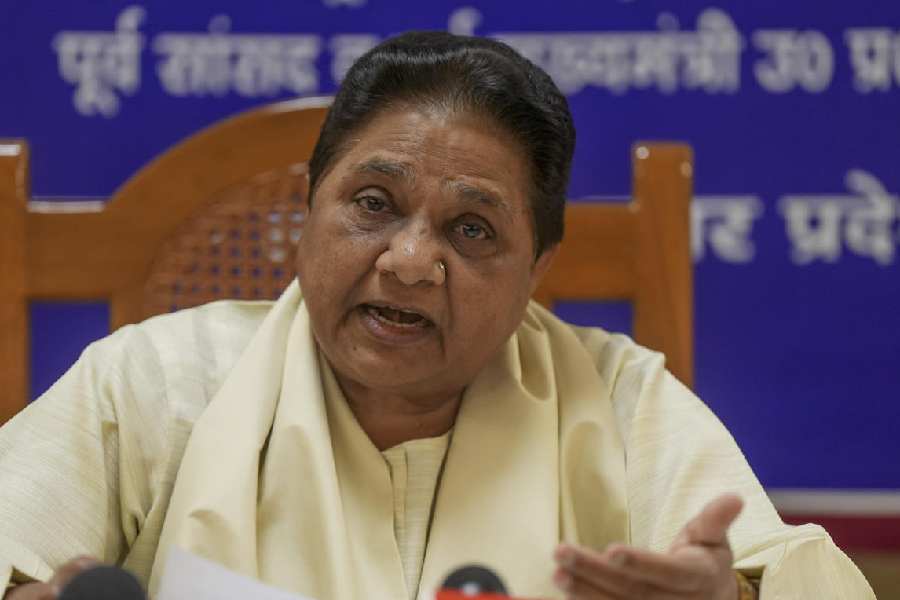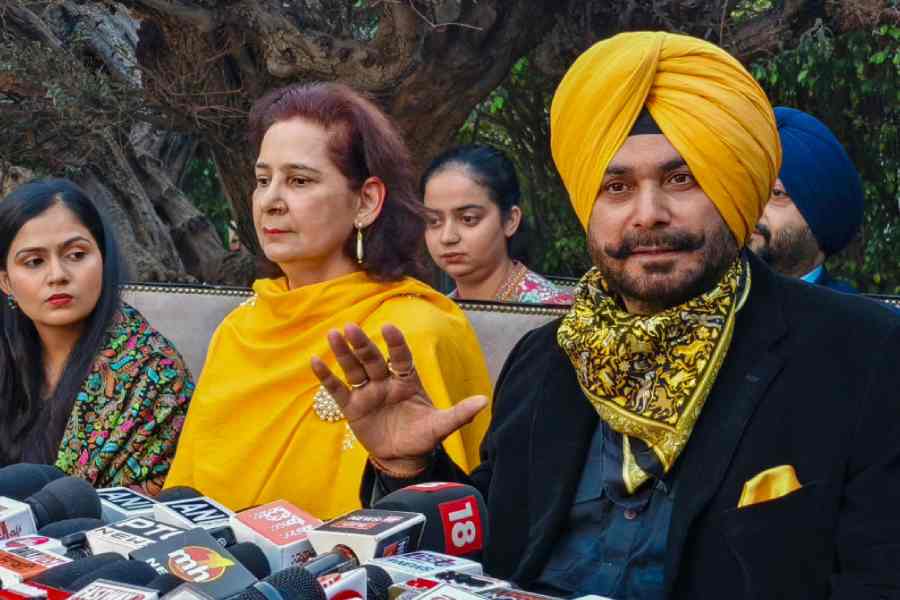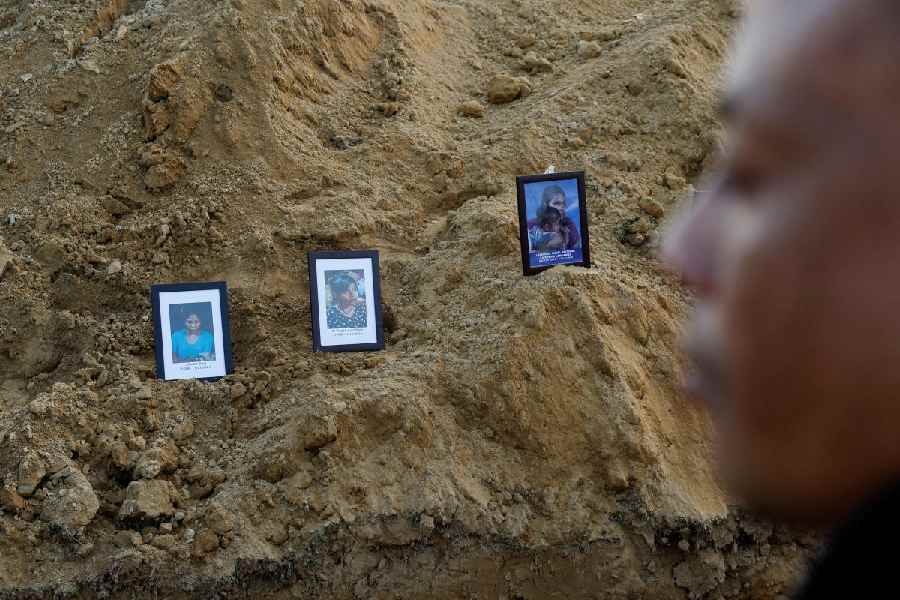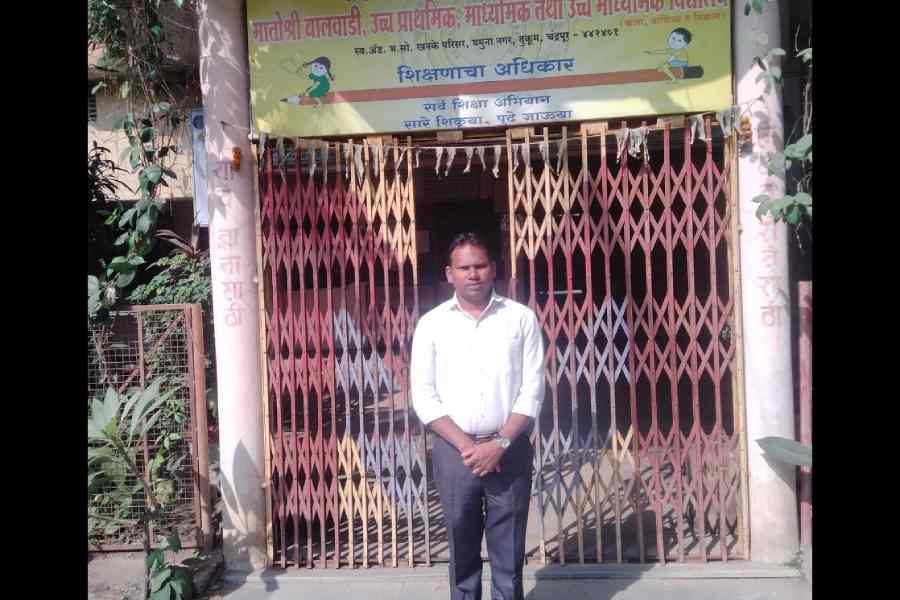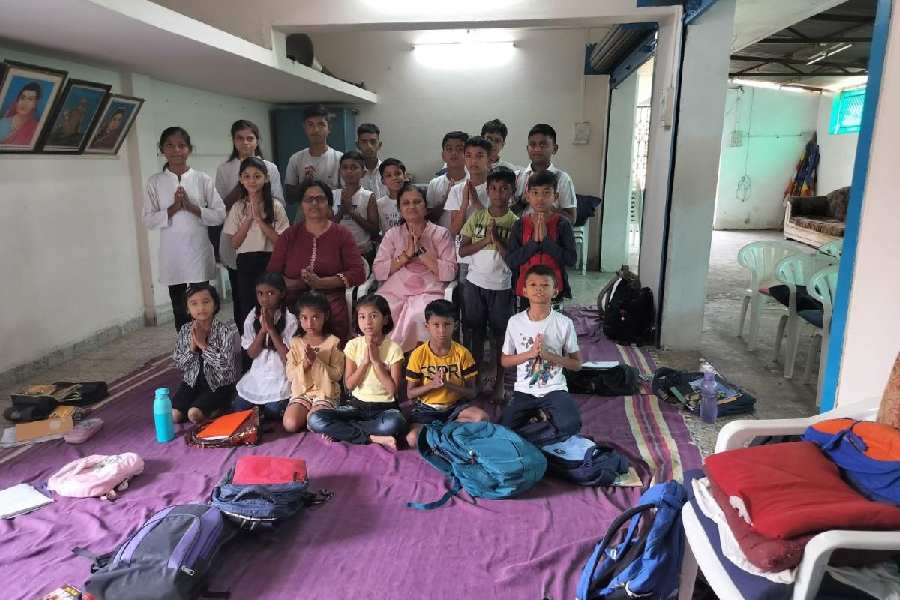I first met Enuga Sreenivasulu Reddy in New York in 1994. I was carrying an introduction from Gopalkrishna Gandhi, who had described him to me as a ‘great Gandhi-reservoir’. For the next twenty-five years I was witness to the truth of that appellation, some of the evidence contained in my desktop computer in Bengaluru, which has three large folders entitled: ‘E.S. Reddy Material, Instalment I, II and III’, respectively. These house hundreds of files, gifted to me over the years by Gopal Gandhi’s friend (now also mine), sometimes as attachments to emails, at other times through CDs sent by courier. The material my benefactor so generously shared includes newspaper and magazine articles in half-a-dozen languages, profiles of Gandhi’s associates in three countries, critical commentaries published after his death, and much more.
Before he became the world’s greatest Gandhi scholar, E.S. Reddy had achieved distinction in another field. Born in 1924, raised in Southern India in a family of freedom fighters, he spent his professional life working in the United Nations headquarters in New York, much of it directing the UN’s Centre against Apartheid. In this capacity, Mr Reddy perhaps did more than anyone outside South Africa itself to undermine and eventually dismantle the racist regime in that country. It was only in his sixties, after his retirement, that he was able to devote himself to scholarship. He wrote or edited more than a dozen books on Gandhi, his influence and his legacy; two further books that he had completed are in the process of publication. But, unlike other scholars in this (or other fields), Mr Reddy had not a trace of possessiveness; the materials he had were made available to anyone who asked. Apart from aiding individual scholars, he donated thousands of rare documents to institutions such as the Nehru Memorial Museum and Library and Yale University. It was also Mr Reddy who paid for the first computer at the Sabarmati Ashram in Ahmedabad, which enabled the digitization of the Ashram’s priceless collection of letters to Gandhi.
After E.S. Reddy died on November 1, I wrote an obituary in the Financial Times, covering the major aspects of his life and work. In this column I offer a more personal tribute, of what he meant to me and to other scholars of Gandhi like myself.
Apart from sending me a steady stream of primary materials, Mr Reddy offered book recommendations. He directed me, for example, to two rare eyewitness accounts of Gandhi’s South African satyagrahas, written by Bhawani Dayal and Raojibhai Patel respectively. When I embarked on a biography of Gandhi, Mr Reddy highlighted themes that needed careful attention. In one mail he wrote: ‘You will have to devote something like a chapter to Gandhi and Jews... Western scholars friendly to Gandhi do not want to touch this subject because of a quote in Louis Fischer’s book that Jews in Germany should commit mass suicide’. He continued: ‘I am attaching my compilation of documents on the subject. It has texts of letters to Gandhi by Martin Buber, as well as Judah L. Magnes, respected head of the Hebrew University, both of whom sought friendship with Arabs’.
Gandhi’s own memoir of his struggle in the diaspora was called ‘Satyagraha in South Africa’. Mr Reddy urged me to go beyond what the leader had himself written. In a letter sent on October 2, 2009 — the one-hundred-and-fortieth birth anniversary of the Mahatma — he remarked: ‘I feel Gandhi does not give enough credit to Tamilians for the satyagraha and praises Gujaratis — Cachalia, Rustomjee, Adajania etc. — highly. That may be because his social life was with the Gujaratis. But it is the Tamils, led by Thambi Naidoo, who kept satyagraha alive when the [Gujarati] traders deserted it.’
Mr Reddy also reminded me that the enlargement of Gandhi’s social vision took place in the diaspora. As he put it: ‘Bringing in peasants, workers and women was because of his experience in South Africa. While many traders dropped out of [the] struggle despite their woes, the poor people rallied beyond anyone’s expectations, without much teaching by Gandhi. In 1913, Gandhi invited women to join and the response was great — not so much in numbers as in determination’.
E.S. Reddy had an incredibly detailed knowledge of the minutiae of Gandhi’s life and campaigns, freely given to and eagerly drawn upon by scholars from across the world. But beyond this command over the facts, he also had a deep, indeed profound, understanding of Gandhi’s character and personality. This was illustrated in an exchange we had in June 2011, after a newspaper column where I had contrasted Gandhi with the publicity-crazy holy men of our own time. I had focused in particular on Baba Ramdev, who had recently gone on a hunger strike against corruption in New Delhi but fled when the police arrived at the venue.
In my column, I said of Gandhi that he was a politician and social reformer to whom ‘the moral and spiritual life was equally important’. However, I added, unlike his political activism, his moral quest was undertaken not in public but in the privacy of his own ashram. For Gandhi, solitude and spirituality went hand in hand. Thus, in between his campaigns, he spent months at a stretch in Sabarmati or Sevagram, thinking, searching, spinning. On the other hand, I wrote, ‘our contemporary gurus cannot be by themselves for a single day. When the police forced him out of Delhi, Ramdev said he would resume his “satyagraha” (sic) at his ashram in Haridwar. But within twenty-hours he left Haridwar, in search of closer proximity to his brothers in the media. Externed from Delhi, Ramdev knew that many television channels were headquartered in NOIDA. So he would go to them, since he knew that, despite their national pretensions, these channels would not send their reporters, still less their anchors, to the benighted state of Uttarakhand’.
Mr Reddy read the column after it appeared, and sent me a long note about it. He did not dispute my saying that people like Ramdev belonged to the history of publicity rather than the history of spirituality. But, he added, ‘I have difficulties with what you imply about Gandhi’. While, unlike Ramdev and his ilk, Gandhi did not pose for photographs or cultivate newshounds, Mr Reddy noted that Gandhi was nonetheless ‘anxious to communicate with the people. He communicated by person during his tours and through [his weekly] Harijan. He also gave interviews to the Indian and foreign press — on political matters related to the independence struggle. He did not seek publicity for himself — as he was not after honours, office, power or money — but for the “cause” which needed publicity. The result was publicity for both’.
Mr Reddy’s mail continued: ‘Gandhi meditated in private (sadhana). But his religion was not private. His prayer sessions were public (demonstrating respect for all religions as different ways to God)... His spirituality required him to get involved in politics — to try to remove injustice. He did not confine himself to the Ashram like Aurobindo. But he did not ask people to follow him because of his spirituality. He did not wear saffron, but the clothes of a poor peasant. He rejected the title of Mahatma as he was aware of his failings. He tried to persuade people without using religion, as he did not seek blind followers.’
An important piece of advice Mr Reddy gave me was to examine Gandhi’s difficult relations with his children. As he remarked: ‘There is no doubt that Gandhi was unfeeling and insensitive in his dealings with Harilal. He always asks his sons to come and “serve” him — the patriarchal attitude’. He also urged me to pay ‘more attention to criticisms of Gandhi in South Africa’.
One does not Google people one knows, and one does not rely on Wikipedia for information on one’s friends. Somehow, some two decades after I first met Enuga Reddy, I found myself on his Wikipedia page. There I discovered that he had been born on July 1, 1924. I wrote to Mr Reddy to ask whether this was indeed his date of birth, adding that if so, it was both lovely and curious, since my own father had been born on that very day, month, and year. He did not reply, either to confirm or to deny. No matter. He remains the ‘father’ of my own journey as a Gandhi scholar.
And of the journeys of many other Gandhi scholars too. They include (among others) the American historians, Nico Slate, Dinyar Patel and Ian Desai, the South African historians, Uma Mesthrie, Goolam Vahed and Kalpana Hiralal, the Indian historians, Anil Nauriya, Venu Madhav Govindu, Gopalkrishna Gandhi and Tridip Suhrud. These individuals have all made significant contributions to Gandhi scholarship, aided, guided, advised and, occasionally, chastised by Mr Reddy.
Activists are often self-righteous and judgmental; scholars so often selfish and secretive. This activist and scholar was neither. In his case, courage and wisdom went hand in hand with compassion and rectitude.
E.S. Reddy was the most remarkable human being I knew. His legacy and example will live on through the work of the countless individuals he encouraged and inspired in South Africa, India and across the world.
ramachandraguha@yahoo.in


